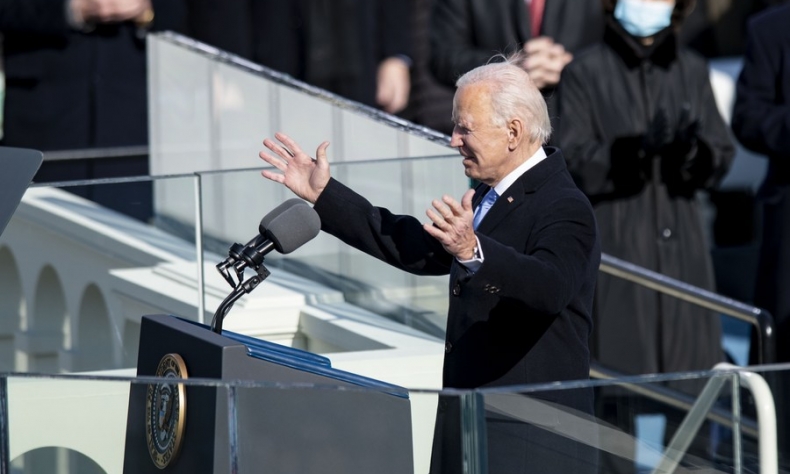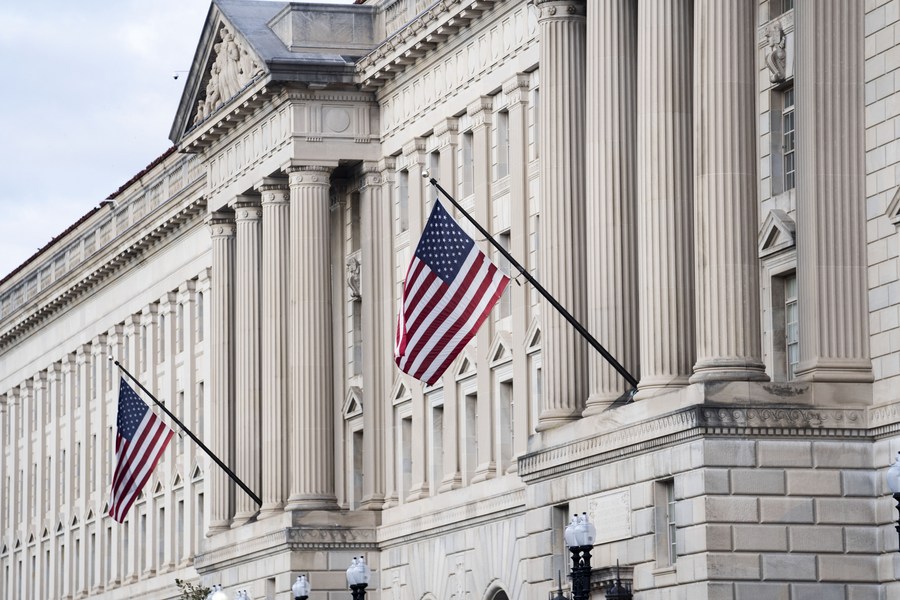The President’s Gambit

The American opening gambit in this game of geopolitics is a fact. Now, it’s China’s turn to make a move. Or not.
U.S. Secretary of State Antony Blinken did not deliver his “long-anticipated” speech on America’s China policy on May 5 due to his testing positive for COVID-19 and having to quarantine. All public statements aside, the Joe Biden administration’s adjustment to the China policy is a predictable one: to ensure American interests always prevail.
The current U.S. administration sees the tough policy toward China as one of former President Donald Trump’s biggest political legacies; that includes the ongoing trade war since 2018. Four years on, higher tariffs on Chinese imports and more trade restrictions targeting the world’s second largest economy don’t appear to have been the most strategic of moves.
On April 29, Qin Gang, Chinese ambassador to the U.S., sat down for an interview with Forbes’ Russell Flannery. Qin in no uncertain terms told American audiences that the protectionist efforts had not reduced the U.S. trade deficit. On the contrary, it cost American companies roughly $1.7 trillion in total and every individual American household $1,300 every year since the tariffs were elevated. China’s retaliatory tariffs have also reduced U.S. exports to China, resulting in the loss of 240,000 domestic American jobs. “The trade war does nobody any good,” Qin summed up.
Another negative effect of imposing higher tariffs on Chinese goods is the further aggravation of U.S. inflation. Last year, several American think tanks suggested the government reduce the tariffs. U.S. Trade Representative Katherine Tai strongly objected to this proposal. But as the outbreak of the Russia-Ukraine conflict in late February has resulted in skyrocketing agricultural and energy prices worldwide, new calls to cut tariffs in a bid to ease inflation are heard. In response to these renewed calls, Tai said on May 2, “All tools are on the table to address rising inflation, including reductions of tariffs on Chinese imports.”

The outbreak of the Russia-Ukraine conflict has seemingly led some Americans to believe they may have found a way to deal with Russia: First, hyping up so-called Russian security threats to fuel regional confrontation; then, after regional tensions escalate to military conflicts, shifting blame onto Russia and rallying allies against it. It is possible that Washington may someday try to copy-paste the approach onto China.
Whether this tactic will work on China remains to be seen. We have thus far seen that the U.S. continually challenges China on the Taiwan question—the most important and most sensitive issue at the core of Sino-American relations. Very recently, the U.S. State Department’s website has updated its page on U.S.-Taiwan relations, removing expressions such as “Taiwan is part of China” and “the United States does not support ‘Taiwan independence.'” A sign of bad things to come? Perhaps, or perhaps not. A sign the U.S. is closely observing China’s every reaction? For sure.
On a worthy side note, given the Republic of Korea’s National Intelligence Service in early May became the first in Asia to join NATO’s Cyber Defense Group, in a move that risks inflaming tensions with China, Biden will be visiting the East Asian country later this month. He will then head to Japan, to attend the summit of leaders of the Quadrilateral Security Dialogue (QUAD) nations—the United States, Australia, Japan and India—in Tokyo on May 24. Let’s see where else his travel plans will take him.
Summing up, the American opening gambit in this game of geopolitics is a fact. Now, it’s China’s turn to make a move. Or not.
 Facebook
Facebook
 Twitter
Twitter
 Linkedin
Linkedin
 Google +
Google +










